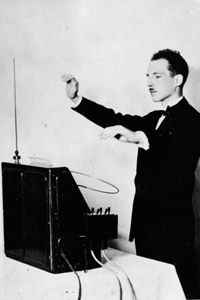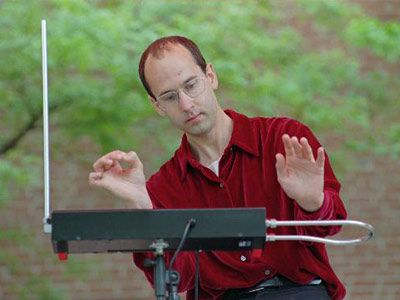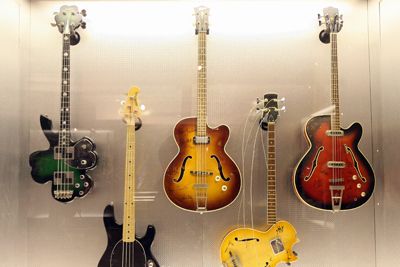"Make music with the wave of a hand! Sound like an opera star! So easy, anyone can do it!" Such were key selling points of the first commercially available theremin. Hailed as the world's earliest electronic instrument, Radio Corporation of America's (RCA's) theremin looked more like a tiny writing desk than the future of electronica. Built around 1930, the RCA theremin consisted of a hollow wood cube with a sloped lid perched atop four spindly, tapered legs. Were it not for its two prominent antennae, the RCA theremin would have seemed at home in almost any parlor.
The sound of the theremin has been described as "a purified and magnified saxophone" [source: Beckerman] and "a cross between an amplified child's slide whistle, a human voice and the squawks that emanated from early radio speakers" [source: Taub]. Inside the first theremins, a circuit of vacuum tubes, oscillators, coils and wires created electromagnetic fields around the instrument's two antennae. Players fluttered their fingers and waved their hands near the antennae to raise or lower the Theremin's pitch and volume. Inexperienced players often created nothing more than atonal blats and bleats. Theremin masters, however, made the instrument sound as gorgeous and haunting as any operatic aria one might have heard broadcast from Carnegie Hall.
Advertisement
So, what does the theremin have to do with Russian spy technology? We talk about the instrument's tangled history in the next section.





